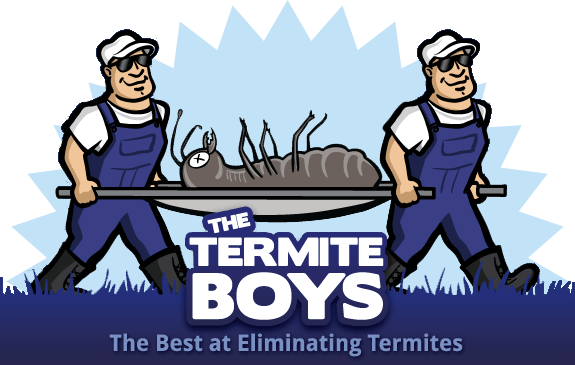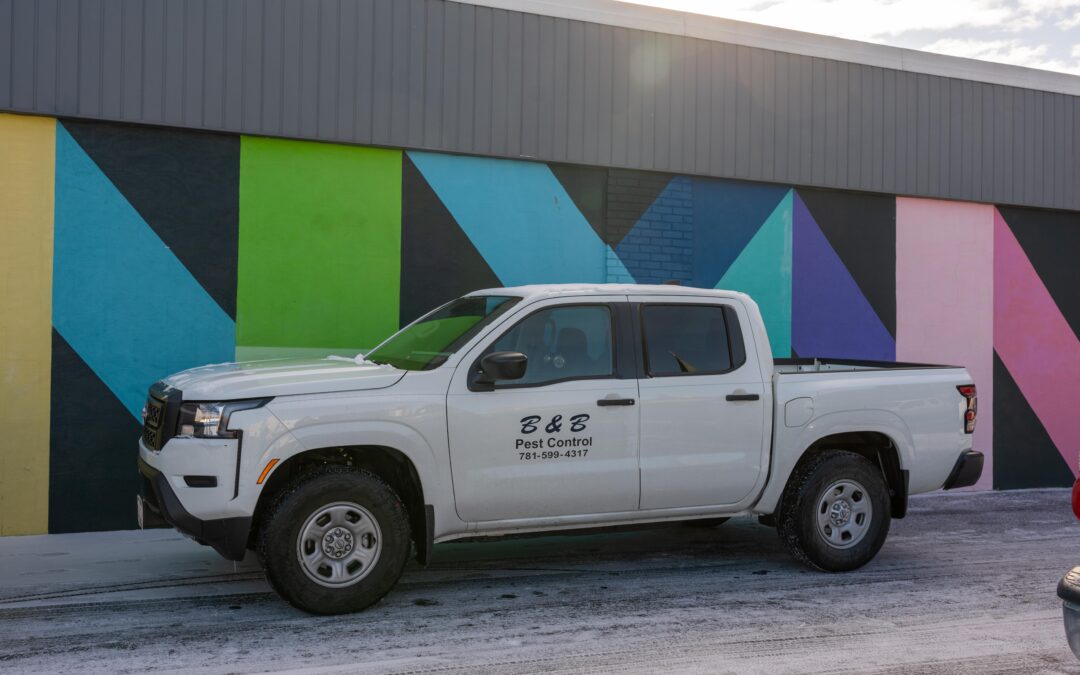When it comes to household pests, termites are among the most destructive. These tiny insects are known for their insatiable appetite for wood, making them a nightmare for homeowners. But how can you tell if the insects you’ve spotted are termites? Identifying termites can be tricky, especially since they can sometimes be mistaken for ants or other small insects.
This blog will help you learn how to identify termites in their various stages of life, understand the differences between termite species, and know what to look out for to protect your home.
What Exactly Are Termites?
Termites are small, soft-bodied insects that thrive on cellulose, a component found in wood, plants, and paper. They’re often referred to as “silent destroyers” because they can feast on your home from the inside out before you even notice signs of an infestation.
One of their most notable traits is that they live in colonies, much like ants or bees, with a strict caste system that includes workers, soldiers, and reproductive termites (alates or swarmers).
To effectively identify termites, it’s essential to get familiar with their physical appearance and overall characteristics.
What Do Termites Look Like?
Despite their tiny size, termites have distinct features that set them apart from other insects. Here’s a breakdown of their appearance by caste type and life stage:
1. Workers
Workers make up the majority of a termite colony and are the ones responsible for most of the damage to your home.
Appearance:
- Size: Workers are about 1/4 to 3/8 of an inch long.
- Color: They are typically creamy white or pale in color, giving them a translucent appearance.
- Body Shape: Workers have soft bodies with straight antennae and no wings.
Since workers are often hidden inside wood or soil, they aren’t typically the first termites that people spot.
2. Soldiers
Soldiers are responsible for defending the colony from threats, such as ants or other predators.
Appearance:
- Size: Similar in size to workers, ranging from 1/4 to 3/8 of an inch.
- Color: Soldiers are also pale but often have a darker, more hardened head.
- Distinguishing Feature: Soldiers have large, prominent mandibles (jaws) that they use to fend off attackers.
Their strong jaws and slightly darker heads make them easier to identify compared to workers.
3. Reproductive Termites (Swarmers or Alates)
Reproductive termites, also known as alates or swarmers, are the winged caste responsible for starting new colonies. These are often the most visible termites to homeowners, especially during swarming season.
Appearance:
- Size: Swarmers are slightly larger, typically around 3/8 to 1/2 of an inch long.
- Color: Their bodies are darker, ranging from brown to black, depending on the species.
- Distinguishing Features:
-
-
- Straight antennae.
- Two pairs of equal-length wings that are often translucent or slightly milky in color.
- Wings are delicate and may break off easily, often found near windows, doors, or light sources.
-
If you notice winged termites inside your home, it could be a sign of a mature colony nearby.
Common Termite Species and How to Identify Them
Termites come in different species, which can influence their appearance and behavior. Here are the most common types:
1. Subterranean Termites
- These are the most common and destructive termite species in the U.S.
- Appearance: Workers are pale and translucent, soldiers have dark, rectangular-shaped heads, and swarmers are dark brown to black.
- Habitat: Subterranean termites build mud tubes to travel between their nests (in the soil) and their food source.
2. Drywood Termites
- These termites live inside the wood they consume and don’t require contact with soil.
- Appearance: Workers are white or cream-colored, while the swarmers are light to medium brown.
- Tell-Tale Sign: Drywood termite droppings, known as frass, appear as tiny, dry pellets near infested wood.
3. Dampwood Termites
- Dampwood termites are larger than other species and prefer moist, decaying wood.
- Appearance: Swarmers are reddish-brown, and soldiers have large reddish heads with long, sharp mandibles.
- Habitat: Often found in areas with high humidity, such as basements or around leaky pipes.
4. Formosan Termites
- A highly aggressive subterranean species known to form massive colonies.
- Appearance: Similar to subterranean termites but slightly larger.
- Notable Feature: They’re capable of chewing through wood, insulation, and even soft metals.
Understanding which species you’re dealing with is essential for proper treatment and prevention.
Key Signs of a Termite Infestation
Beyond spotting termites themselves, look out for these common signs of their presence:
- Discarded Wings: Finding piles of delicate wings, especially around windows or doors, is a common sign of swarmers.
- Mud Tubes: Subterranean termites create mud tubes along walls or foundations to protect themselves as they move back and forth.
- Damaged Wood: Wood that sounds hollow when tapped or has a honeycomb-like structure inside indicates termite damage.
- Frass: Drywood termites leave behind small, pellet-like droppings near infested areas.
If you notice one or more of these signs, it’s time to investigate further or call a pest control professional.
The Importance of Identifying Termites Early
The sooner you identify termites, the less damage they can cause to your property. Termites can be notoriously difficult to get rid of, and their damage can lead to costly repairs if left unchecked. By learning to recognize their physical traits and other warning signs, you can take action before a small problem escalates into an expensive disaster.
Early detection also allows you to explore a variety of treatment options, from DIY solutions to professional extermination services.
Take Control of Termite Damage
Knowing what termites look like is just the first step in protecting your home and property. By staying vigilant and addressing signs of an infestation early, you can avoid the extensive damage these pests are known for.
If you suspect termites in your home or want to learn more about treatment and prevention, consult a trusted pest control expert today.
Don’t leave your home’s safety up to chance!

